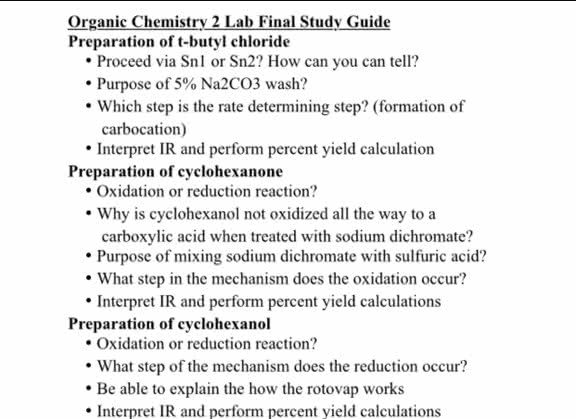[BIOC 3021] - Final Exam Guide - Everything you need to know! (27 pages long)
Document Summary
Introduction to metabolism: metabolic diversity: these sources work in tandem with electron donors and receptors, carbon sources: co2, and organic compounds, energy sources: light, and redox reactions, catabolism vs. anabolism: Catabolism: the oxidative degradation of biomolecules such as glycolysis. Energy is given off when the third phosphate group is removed forming adp: coupled reactions: a thermodynamically unfavorable reaction (positive g) can be made to occur if coupled with a thermodynamically favorable reaction (negative g). Glucose phosphorylation is coupled to atp hydrolysis: vitamins and coenzymes, vitamins and corresponding coenzymes: many coenzymes have part of their structure derived from a vitamin. The vitamin is a nutritional requirement since the organism is unable to synthesize an adequate amount for its own use. Catabolic reactions nad+, anabolic reactions nadp+. Involved in redox reactions and one or two hydrogen transfers. Synthesizes or cleaves bonds to carbonyl carbons (aldehydes or ketones).




